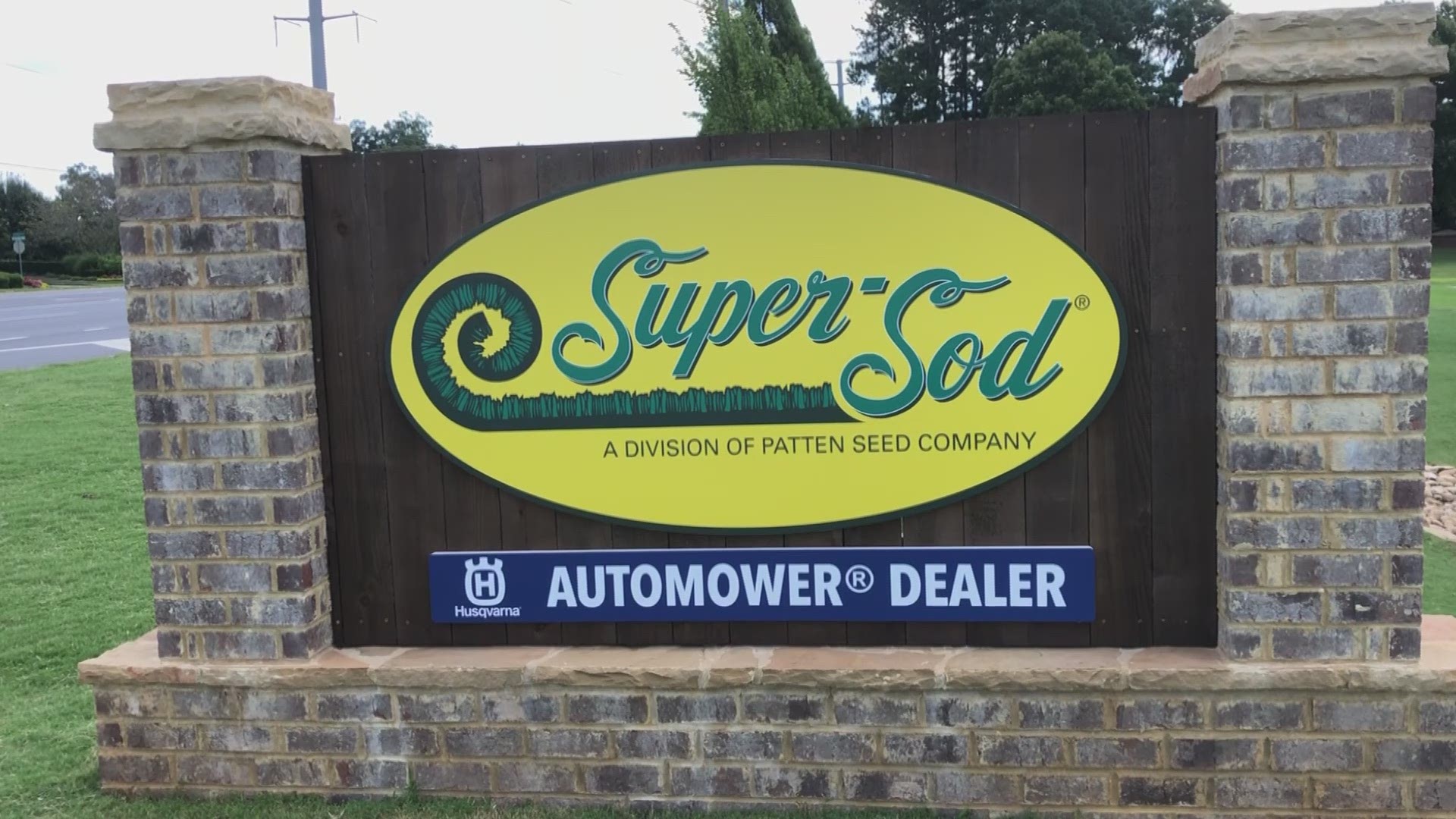CUMMING, Ga. — A crowd gathered Wednesday at the Cumming Utilities’ Advanced Water Reclamation Facility, and everyone was there for one reason – to watch a demonstration that could one day become a regular practice.
“We're doing a pilot study for what's called a sludge drying facility,” Andrew Lovejoy, president of Civil Engineering Consultants, said. “Right now, the city of Cumming, they de-water their biosolids from liquid to 70 percent dry. It still has pathogens, and it can't be used for beneficial reuse. This facility we’re contemplating will dry the material 95 - 98 percent, to a material that can be reused in gardens.”
He says the nutrient-rich material can be used by the local parks and recreation department, or by anyone making improvements to their lawn.
“It's a beneficial material that can be sold hopefully to places like Home Depot and other facilities that buy this material and sell it as a soil amendment,” Lovejoy said.
“We looked at this technology years ago, probably in the late 90s,” Jimmy Andrews, superintendent of wastewater treatment, said. “At the time, it wasn't cost-effective. There's been a lot of rising costs in sludge disposal lately where our sludge cost is almost double, and so we're looking at this process to hopefully save the community money in sludge tipping fees.”
He says their current process runs the wastewater through a centrifuge, and the byproduct is about 20 percent solid.
“So it's a reduction, but it's still almost 80% water,” Andrews said. “Right now, we're paying about $57 a wet ton for tipping fees plus trucking costs at the landfill. With the new process, if we're able to utilize this, we’ll go from a 20% dry solid to a 90 to 95 percent dry solids. At that point, even if we continue to go to the landfill, it'll be a great reduction in volume.”
The technology, which works like a large oven, would save the city of Cumming a lot of money, but it’s a pricy investment - around $3 million. So workers are trying to determine if it’s worth it.
“From day one, it should save the city around $100,000 a year,” Lovejoy said. “As the city grows and has more material to process, it could save 2 to $300,000 a year over the next 10 to 15 years. The machine should last maybe 20 years, and a payback of 12 years, so it's making more and more economic sense.”
Want more Cumming news? Follow us on Facebook.
***


